How to Implement Smart Farm Solutions in the UK: A 2025 Guide for Modern Farmers
Learn how to implement smart farm solutions in the UK with easy steps, real farm examples, updated 2025 data, funding tips, and smart tools to boost productivity and sustainability.
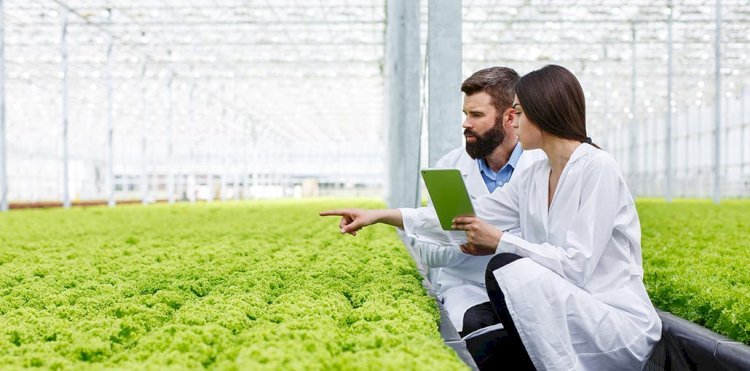
Smart farming is changing the way people grow crops and look after animals in the UK. Many farmers now face big problems like fewer workers, changing weather, and high prices for seeds and fertiliser. To deal with these issues, more farms are starting to use smart tools like soil sensors, drones, GPS machines, and special farming apps. These tools help farmers save time, grow more food, and protect the land. In fact, by 2025, more than 70% of UK farms are using or testing smart farm technology. Still, many people do not know where to begin or what tools to choose. They also want to know how much it costs, what help they can get, and how to avoid making mistakes. In this article we are going to explain how to implement smart farm solutions in the UK in a way that is simple and clear.
Start by Checking What Your Farm Needs
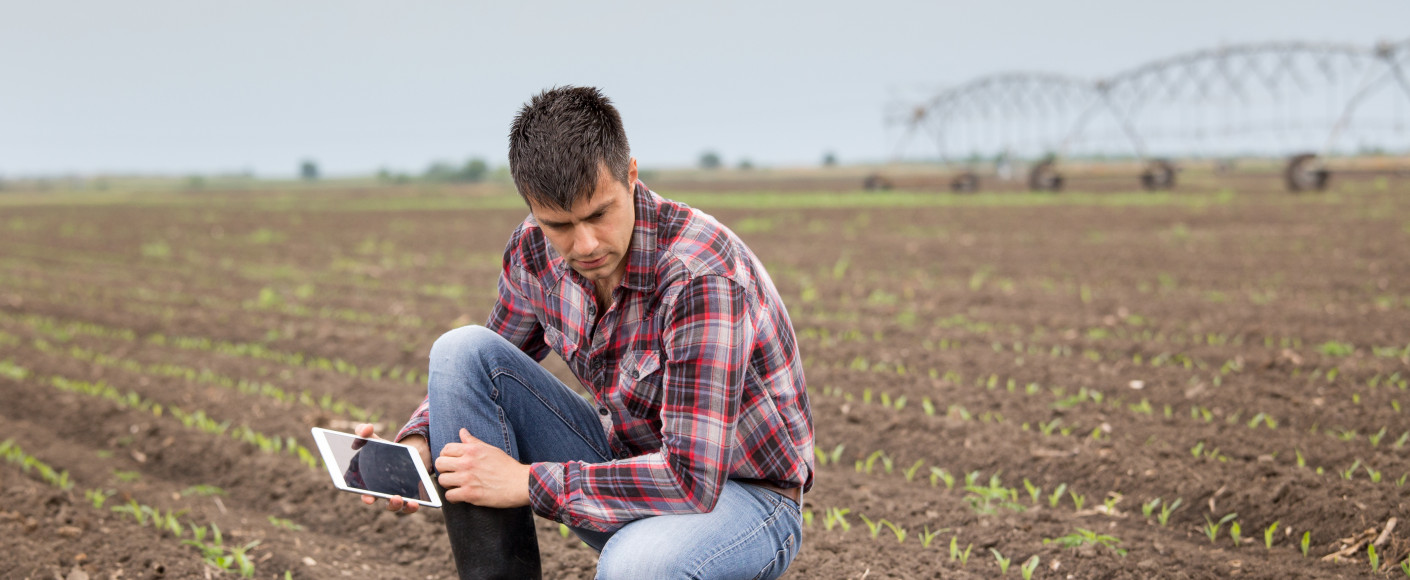
Image source: kansasfarmfoodconnection.org
Before buying any smart tools, it’s important to first understand what your farm really needs. This step saves time and money. For example, is your soil too dry? Do you waste a lot of water? Are weeds or pests hard to control? These questions can help you choose the right technology.
A farmer in Yorkshire had issues with uneven watering. They installed soil moisture sensors, which helped them water only the areas that needed it. After six months, they reduced water use by 25% and improved crop quality. This small change made a big difference. So, if you want to know how to implement smart farm solutions, start by checking the main problems on your land.
Read Also: Information Technology Outsourcing in 2025: Complete Guide for Businesses
Pick Tools That Match Your Farm Size and Goals
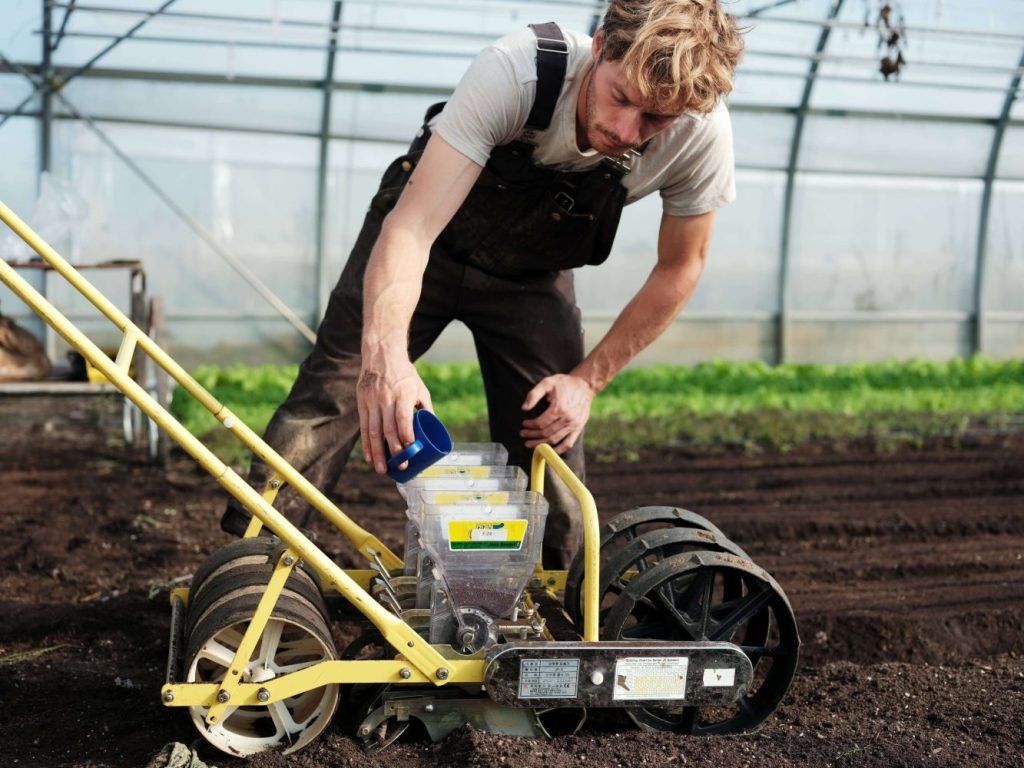
Image source: themarketgardener.com
Not every farm needs expensive equipment. A small farm might only need a few tools, like smart weather stations or GPS apps for phones. Bigger farms might need drones, mapping software, or robot tractors. The best idea is to choose only the tools that fit your farm’s size, budget, and goals.
Many dairy farms in Scotland have started using smart milking systems. These machines save time and help monitor cow health. On the other hand, vegetable farms in Kent use smart irrigation tools that water crops only when needed. By picking the right tools for your needs, you make it easier to learn how to implement smart farm solutions.
Explore More: Ecommerce Business Intelligence in 2025: Tools, Trends, and How It Drives Growth
Common Smart Technologies Used on UK Farms
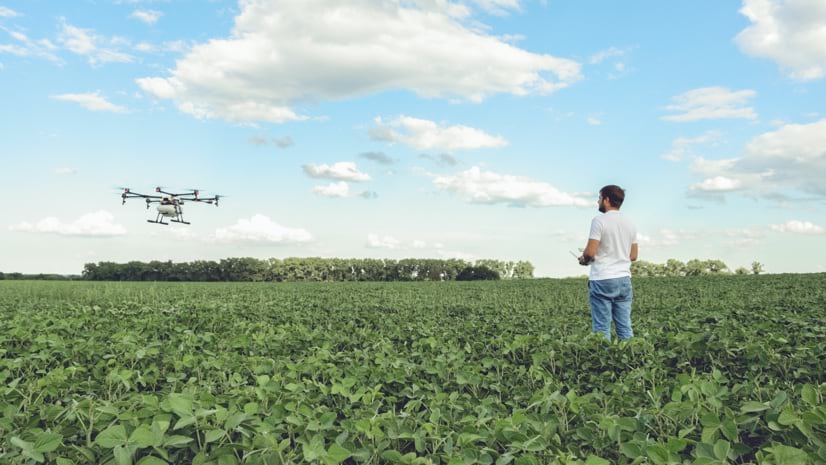
Image source: esri.com
| Technology | Use Case | Example Location |
|---|---|---|
| Soil Sensors | Monitor moisture and nutrients | Yorkshire Arable Farms |
| GPS Tractors | Precision planting and mapping | East Anglia |
| Drones | Crop health and surveillance | Kent and Lincolnshire |
| Livestock Trackers | Track movement and health | Welsh Dairy Farms |
| Robotics | Automated milking, weeding | Harper Adams University |
Try One Tool First Before Expanding

Image source: thumbs.dreamstime.com
It’s better to start small. Don’t buy too many tools at once. Choose one area to test and see how it works. This way, you learn and reduce risk.
A strawberry farm in Kent used drones to check for disease. After three months, they spotted problems early and saved half their crop. They were so happy that they later added irrigation sensors. Trying one thing first helps you get used to smart tools. This slow approach is often the best when thinking about how to implement smart farm solutions.
Don't miss: Why Montreal Is Advertising in Los Angeles—and Why LA Travelers Are Listening
Look for Help and Money Support in the UK
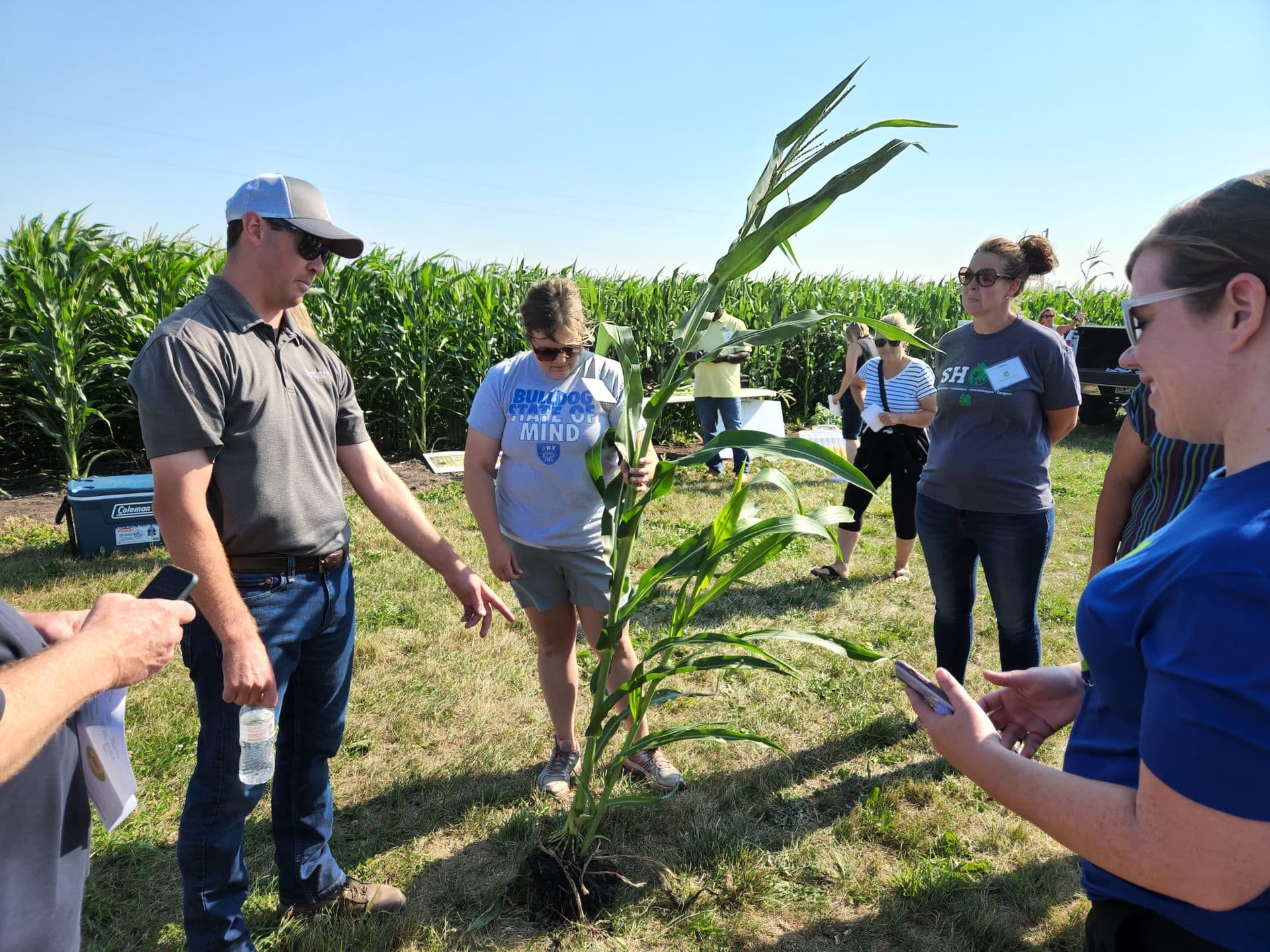
Image source: mnagmag.org
The UK government and many local groups offer help to farmers who want to try smart farming. DEFRA has two useful programmes: the Farming Transformation Fund and the Farming Innovation Programme. These schemes can pay up to 60% of the cost of new technology.
Also, the Local Enterprise Partnerships (LEPs) give smaller grants, and some councils offer support too. In 2025, some farmers also qualify for a “Smart Start” voucher of £5,000 to buy basic smart tools. You can also find free advice from AHDB and Agri-EPI Centre. These groups offer training and guides that are easy to follow. If you are wondering how to implement smart farm solutions without spending too much, getting help is the smart move.
More on this here: Stark VARG Finance in the UK: 2025 Guide to Monthly Payments, Deals & How to Apply
UK Smart Farming Grants & Funding (2025)
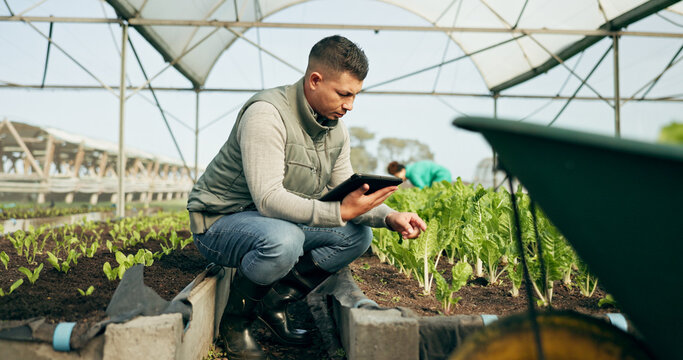
Image source: t3.ftcdn.net
| Grant / Scheme | Provider | Max Amount | Purpose |
| Farming Transformation Fund | DEFRA | £500,000 | Robotics, irrigation, precision tools |
| Farming Innovation Programme | DEFRA | £1 million | Tech trials and R&D |
| Smart Start Vouchers | DEFRA | £5,000 | Entry-level smart tool support |
| Local Enterprise Partnerships (LEP) | Local | Varies | Tech upgrade for small farms |
Train Your Team to Use the Technology
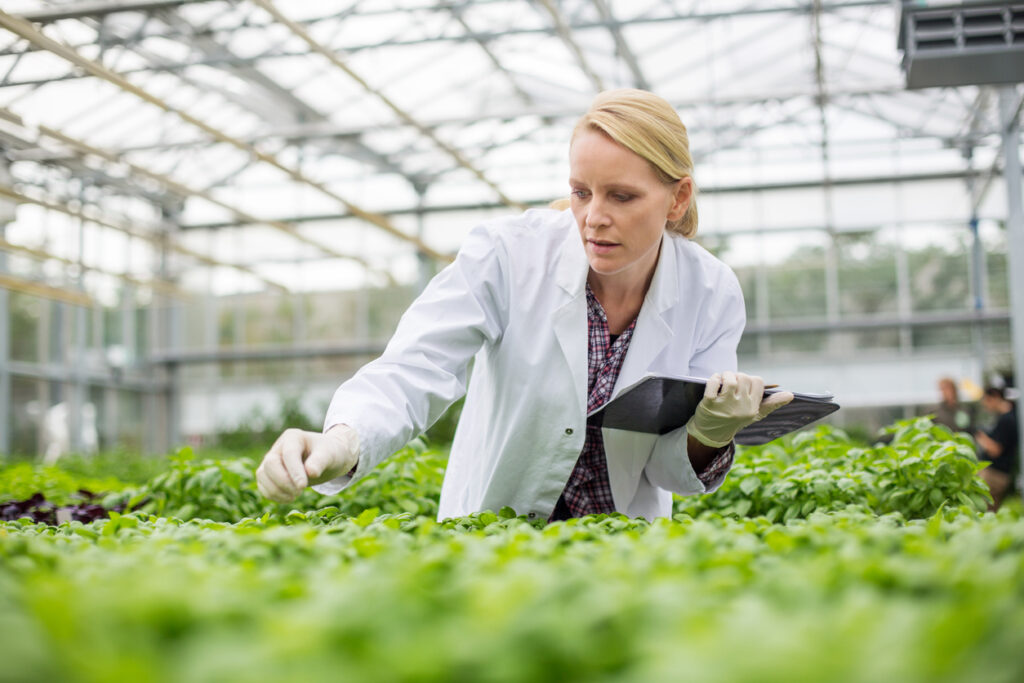
Image source: knowhow.distrelec.com
Technology is only helpful if the people using it know how to operate it well. Many farmers forget this step and run into trouble. Make sure your workers, family, or helpers understand how to use apps, devices, and dashboards.
Some companies give free online training when you buy their products. You can also join workshops run by local farming groups. A dairy farm in Wales trained all their staff to use new software for tracking milk output. This stopped errors and boosted confidence. Training is important if you want success with smart farming. It’s one of the key parts of how to implement smart farm solutions properly.
Check this out: PSA Finance Claim: What UK Customers Need to Know in 2025
Use the Data to Make Better Decisions

Image source: images.stockcake.com
Smart tools collect a lot of data—like soil health, animal movement, crop growth, or even the weather. This data is useful but only if you check it often and make decisions based on what it says.
Some apps send alerts when there’s a problem. For example, a farm in Norfolk used smart software to know when it was the best time to spray their crops. This saved money and helped protect bees. Some farmers use AI to help plan harvests, track feeding, or check field health. Using data the right way is a very big part of how to implement smart farm solutions in a smart and simple way.
Explore More: Escape From Tarkov Player Count 2025 | Stats, Trends & Twitch Views
Cost & ROI of Smart Farming Tools

Image source: nttdata.com
| Tool / Solution | Average Cost (£) | ROI Timeframe | Potential Benefits |
| Soil Sensors | £800 – £2,000 | 9–14 months | 15–20% water saving |
| GPS Tractors | £10,000 – £30,000 | 1–2 years | 10–30% fuel/labour save |
| Drones | £1,500 – £8,000 | 6–12 months | 20% increase in yield |
| Robotic Milking System | £50,000+ | 3–5 years | Saves £1,200/month |
Avoid Common Mistakes Other Farms Have Made

Image source: freepik.com
Many farmers have shared stories about what went wrong so others can learn. One mistake is buying tools that don’t work together. Another is not having a good internet signal, which is needed for most smart tools to work.
A farmer in Cumbria bought automatic gates but didn’t realise there was no 4G in the area. The system failed, and they had to go back to manual gates. Others have skipped training or ignored warnings from their devices. These mistakes cost time and money. So before buying anything, always check the basics. This will help you avoid problems when you try to understand how to implement smart farm solutions.
You might also like: Rolex Submariner Finance UK: How to Own Your Dream Watch Easily
Think About the Future of Your Farm

Image source: freepik.com
Smart farming isn’t just for today. It helps you prepare for tomorrow. As the UK faces new challenges—like climate change, strict rules, and market changes—farms must plan ahead. Smart tools help with long-term plans.
They help you know which crop gives the best profit, how to rotate fields, and how to reduce waste. Experts say that by 2028, nearly 80% of UK farms will use at least one smart technology. Getting started now helps your farm grow stronger. Long-term thinking is a final but very important step in how to implement smart farm solutions.
Conclusion
Picture this: a farmer walks into the field early in the morning, coffee in hand, phone in pocket. A quick check on the app shows soil moisture levels are just right. The irrigation system, controlled remotely, has already done its job before sunrise. A drone flies overhead to scan the crop rows while the livestock tracker alerts the farmer of a cow in distress—hours before a human could have noticed. This is not a dream of the future. It is happening on British farms today. The shift to smart farming is already underway, and it’s helping farms of all sizes save time, cut waste, and grow more efficiently.
You don’t have to be a tech expert or spend a fortune to get started. Begin by identifying what your farm needs. Choose simple tools that solve real problems. Get help from the many UK programmes and teams ready to support you. Train your staff and use the data to make better choices. Learn from others. Grow with confidence. Farming has always been about working with the land. Now, it's about working smart. If you're wondering how to implement smart farm solutions, the answer is clear: start now, start small, and grow smarter every season.
FAQs
Q1: What is a smart farm tool?
A smart farm tool is a machine or app that helps you farm better using data, like soil sensors or GPS trackers.
Q2: How much do smart tools cost?
Costs vary. Basic tools can be a few hundred pounds. Bigger machines like robot tractors can cost thousands.
Q3: Can small farms use smart tools too?
Yes, many smart tools are made for small farms. You can start with simple things like weather sensors.
Q4: Is training needed for smart tools?
Yes, it's helpful. Some companies and local groups offer free or cheap training in the UK.
Q5: Where can I get money help?
DEFRA, local councils, and groups like AHDB offer funding and advice for smart farm tools.
Q6: What if my farm has no internet?
You may need better signal for some tools. Some offline tools are available too.
Q7: Do smart tools really work?
Yes. Many UK farms report saving water, growing more food, and spending less time on tasks.
Q8: Is smart farming safe for the environment?
Yes. It helps use fewer chemicals and saves resources like water and fuel.

 Jasmine Porter
Jasmine Porter 














